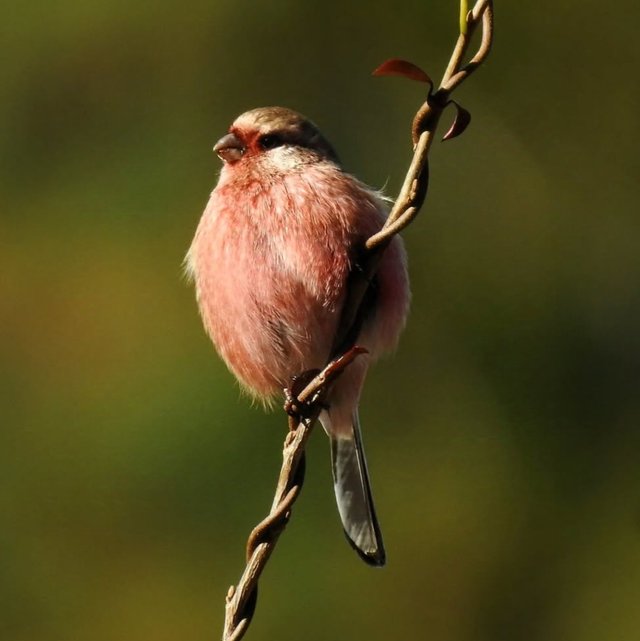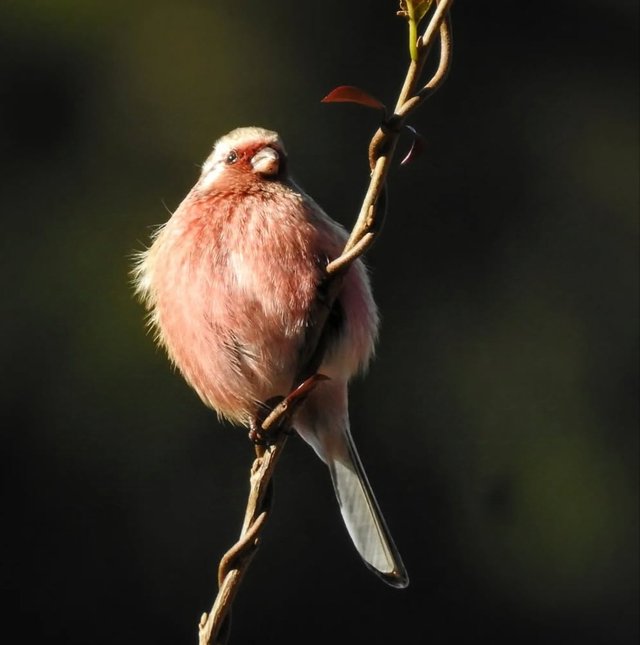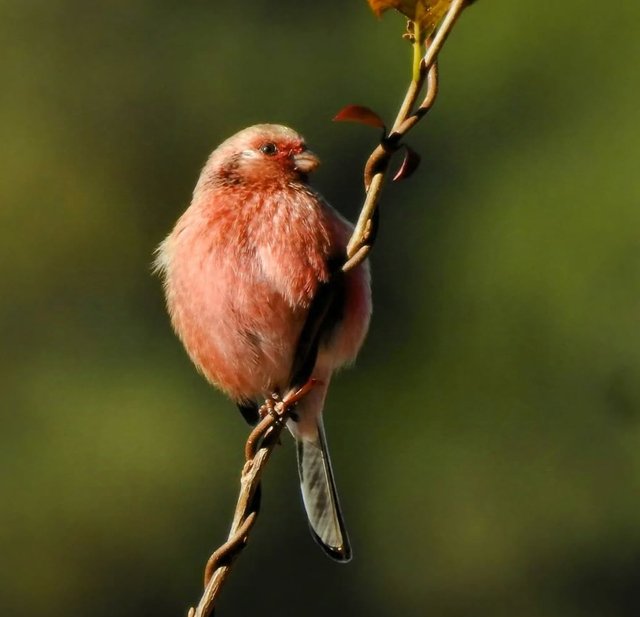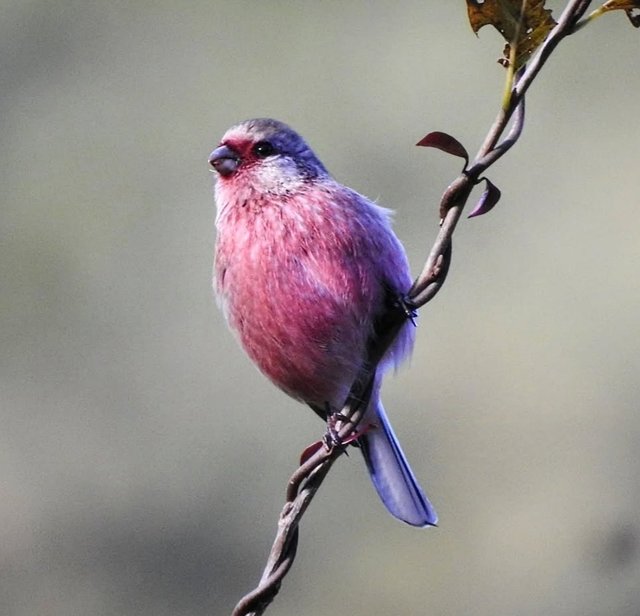So Cute Himalayan White-Browed Rosefinch
The Himalayan white-browed rosefinch is a fascinating bird species found in the high-altitude regions of the Himalayas, extending across parts of Central and South Asia. This bird, with its striking plumage and distinct behaviors, is a treat for bird enthusiasts and ornithologists. Here’s an in-depth exploration of this remarkable species:
Description
The Himalayan white-browed rosefinch is named for its prominent white eyebrow stripe, a feature that stands out against its otherwise earthy-toned plumage. Males and females exhibit sexual dimorphism, with males typically more vividly colored. The males boast shades of pink, red, and maroon on their chest and face, complemented by a reddish-brown back. Females, on the other hand, are more subdued in coloration, with streaked brown and gray tones, offering excellent camouflage in their natural habitat.
Their robust, conical bill is adapted for seed-crushing, a staple of their diet. These birds measure around 16–18 cm in length, making them medium-sized among the finches.
Habitat and Distribution
The Himalayan white-browed rosefinch thrives in high-altitude environments, often ranging from 3,000 to 5,000 meters above sea level. They inhabit alpine forests, shrubby slopes, and scrublands, particularly favoring areas with rhododendrons and junipers. These birds are native to regions spanning:
Northern India Nepal Bhutan
Tibet Northern Myanmar
Their adaptation to cold and rugged terrains is a testament to their resilience and evolutionary specialization.
Behavior and Ecology
These rosefinches are typically shy and are often observed in small groups or pairs. They are primarily granivorous, feeding on a variety of seeds, berries, and buds. During the breeding season, insects may supplement their diet to meet the nutritional demands of their chicks.
Breeding Season
The breeding season for Himalayan white-browed rosefinches aligns with the warmer months, from May to July. They build cup-shaped nests using grass, moss, and twigs, strategically placing them in shrubs or low trees. Females lay 3–5 eggs, which are incubated for about two weeks. Both parents play an active role in feeding and protecting the fledglings.




